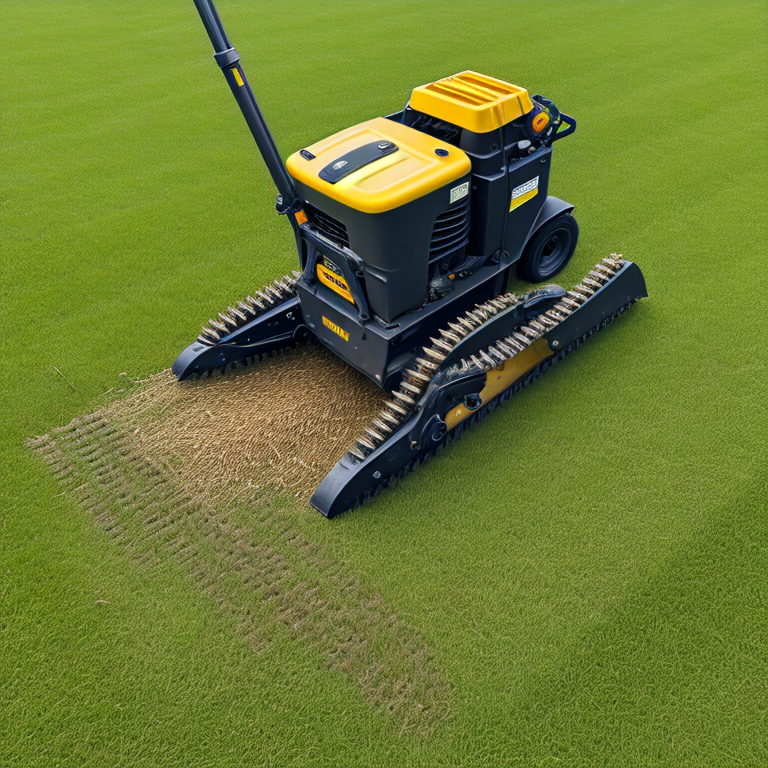When it comes to maintaining and clearing vegetation, flail mowers and mulchers are go-to equipment in various industries. These machines rely on two essential components: flail mower hammer blades and mulcher teeth. Although they serve similar purposes, it's important to understand their distinctions and functions. In this article, we will delve into the characteristics of flail mower hammer blades and mulcher teeth, shedding light on their unique roles and how they contribute to efficient vegetation management. Go url to learn more.
Flail Mower Hammer Blades:
Flail mower hammer blades are rugged and versatile cutting tools designed to tackle a wide range of vegetation. They consist of sturdy steel blades attached to a rotating drum. The distinctive characteristics of flail mower hammer blades include:
a. Impact and Shredding: Flail mower hammer blades operate by striking the vegetation at high speed, delivering powerful impact to break down and shred the plants effectively.
b. Versatility: These blades can handle various types of vegetation, including grass, weeds, brush, and even small saplings. They excel at cutting and mulching thick vegetation in large areas.
c. Safety: Flail mower hammer blades are designed with safety in mind. They operate within a protective housing, minimizing the risk of debris projection and ensuring operator safety.
Mulcher Teeth:
Mulcher teeth, also known as mulcher bits or cutting teeth, are specialized cutting tools designed for heavy-duty mulching applications. They are commonly used in forestry, land clearing, and road maintenance. Here are the notable characteristics of mulcher teeth:
a. Cutting Efficiency: Mulcher teeth are designed to provide exceptional cutting efficiency. They feature sharp cutting edges that slice through vegetation, including large trees and stumps, with precision.
b. Durability: Mulcher teeth are constructed using durable materials such as high-carbon steel or carbide tips. This ensures their longevity and resistance to wear, even when working in demanding environments.
c. Fine Mulching: Mulcher teeth create fine mulch by finely shredding the vegetation into smaller pieces. This allows for faster decomposition and better integration into the soil.
Distinctions and Functions:
While both flail mower hammer blades and mulcher teeth contribute to vegetation management, their distinctions lie in their operational mechanisms and intended applications. Here's a summary of their functions:
a. Flail Mower Hammer Blades: These blades are well-suited for maintaining lawns, parks, and fields where a clean and manicured finish is desired. They excel at cutting and shredding light to medium vegetation.
b. Mulcher Teeth: Mulcher teeth are designed for heavy-duty applications where vegetation is more substantial and challenging. They are ideal for land clearing, forestry operations, and roadside maintenance.
Conclusion:
Flail mower hammer blades and mulcher teeth are vital components of vegetation management equipment. While flail mower hammer blades excel at cutting and shredding light to medium vegetation, mulcher teeth are designed for heavy-duty applications and produce fine mulch. Understanding their distinctions and functions will help you make informed decisions when selecting the right equipment for your specific vegetation management needs. Whether you're maintaining a lawn, clearing a forest, or managing roadside vegetation, choosing the appropriate tool ensures efficient and effective vegetation control.


